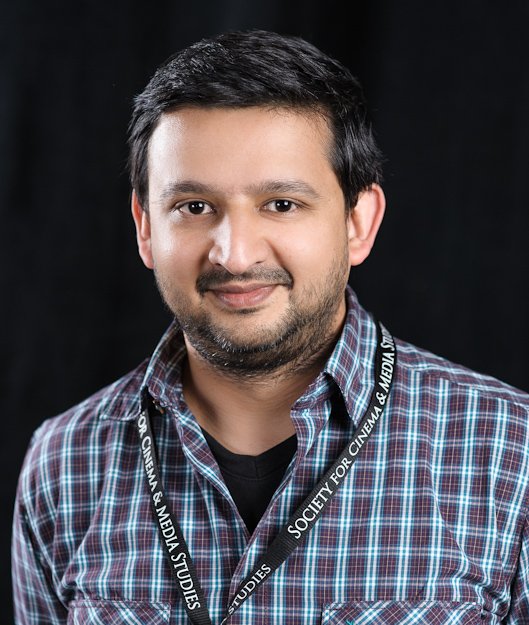
![]() by Aswin Punathambekar on
by Aswin Punathambekar on
We Are Like This Only: Desis and Hindi Films in the Diaspora

Footer


The CMS graduate program has its home in Comparative Media Studies/Writing
Part of MIT's School of Humanities, Arts, and Social Sciences
![]() by Aswin Punathambekar on
by Aswin Punathambekar on


Dr. Aswin Punathambekar is an Associate Professor in the Department of Media Studies at the University of Virginia. Aswin’s research and teaching focus on the impact that globalization and technological change have on the workings of media industries, formations of audiences and publics, and cultural identity and politics. He is the author of From Bombay to Bollywood: The Making of a Global Media Industry (NYU Press, 2013), co-author of Media Industry Studies (Polity, 2020), and co-editor of Global Bollywood (2008), Television at Large in South Asia (2013), and most recently, Global Digital Cultures: Perspectives from South Asia (2019). He is currently completing a co-authored book, titled The Digital Popular: Media, Culture, and Politics in Networked India (forthcoming, 2022).
He serves as an editor of the peer-reviewed journal Media, Culture and Society and co-edits the Critical Cultural Communication book series for NYU Press. He also serves on the Board of Jurors for the Peabody Awards.
Thesis: We Are Like This Only: Desis and Hindi Films in the Diaspora


